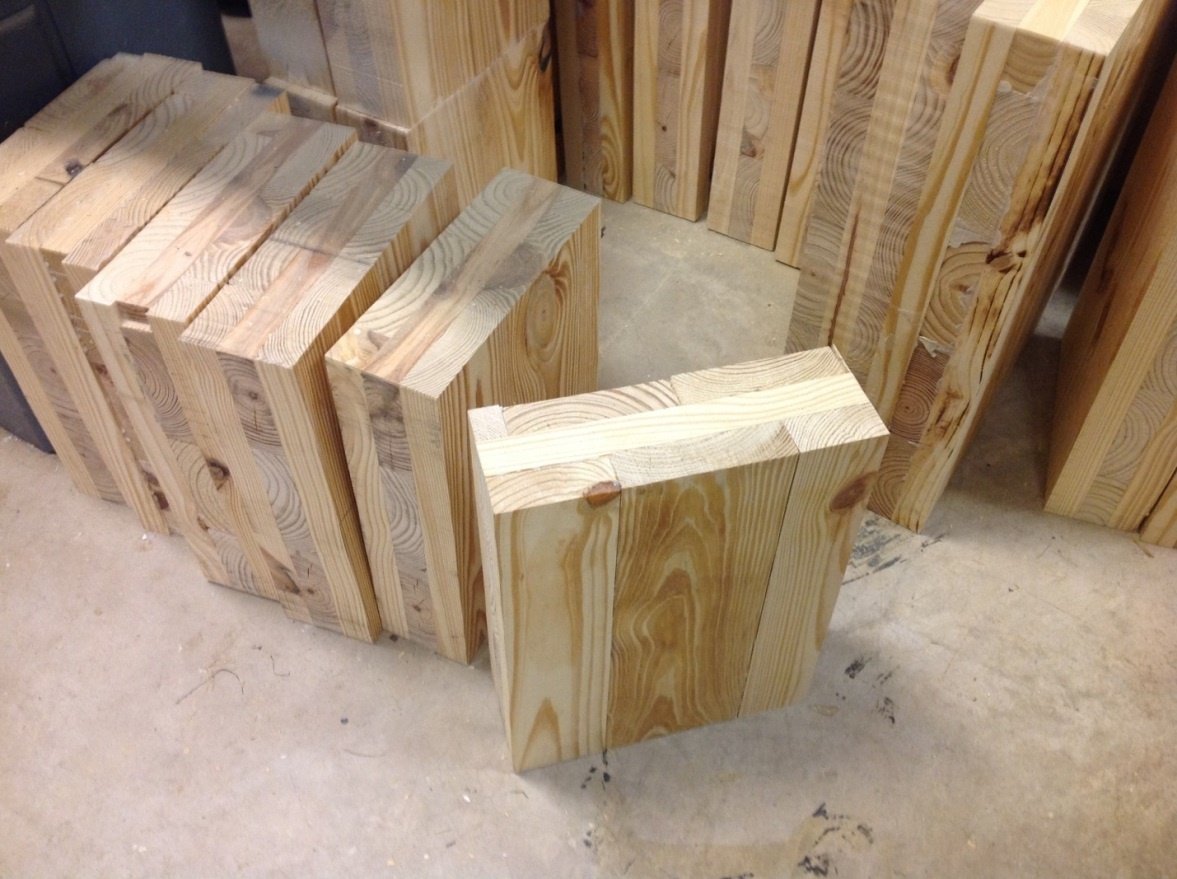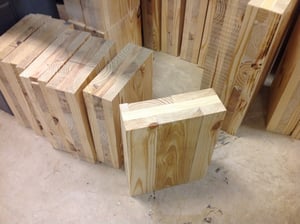3 min read
CLT and Wood Construction Products Help Combat Anti-Forestry Narrative
John Greene
:
August 1, 2019

Those of us close to the forest products supply chain have watched with great interest as the cross-laminated timber (CLT) and “mass timber” building products industry has exploded over the last decade. While policy drivers such as the Timber Innovation Act and the International Code Council’s change in building codes have assisted in making these products more mainstream, the free market has ultimately driven the remarkable growth of the industry, which is helping the “green” movement to reassess the benefits of wood as well.
There are myriad structural, cost and environmental benefits to using CLT and other mass timber products in suitable construction projects:
- CLT-based buildings take less time to construct; because mass timber panels are prefabricated, smaller crews can assemble structures more safely and in less time. The speed advantage is amplified because manufacturing can occur simultaneously with site and foundation work, reducing down time between construction phases and shortening construction time.
- CLT-based buildings are more energy efficient. Unlike other building materials, they are comprised completely from renewable materials that sequester carbon, keeping it out of the atmosphere indefinitely.
- Using wood in place of fossil fuel-intensive materials avoids most of the greenhouse gases that would have been emitted during the manufacturing of such products. While a ton of cement emits nearly a ton of carbon in its production process, a ton of timber has the potential to remove (and store) up to two tons of carbon absorbed from the atmosphere.
New construction projects with CLT are becoming more commonplace across the globe, and the demand for these materials is driving manufacturers to scale their businesses to meet the increased interest. Recent, noteworthy developments in this segment across North America include:
- California-based Katerra Inc. is in the process of finishing its 250,000 square-foot manufacturing facility in Spokane, WA that will produce structural CLT panels and beams from wood raw materials. Once complete, the factory will be the largest of its kind in the US.
- Vaagen Timbers is in the start-up phase of constructing a CLT and Glulam plant in Colville, WA to help meet the growing demand for wood-based building products. One of Vaagen’s first projects is the Blockhouse | Life project, a 14-unit apartment complex in Spokane that is designed to use modern technology to improve urban living dynamics, including “transportation systems, circular economics, sustainable practices, health sciences, recreation, our environment and our communities.”

- Earlier this year, British Columbia-based Kalesnikoff Lumber Company announced a $35 million mass timber investment that will include the construction of a new 110,000 square-foot building, and the purchase of state-of-the-art processing equipment and technology. The project will culminate with a highly advanced, fully integrated, multi-species mass timber manufacturing facility located in South Slocan, B.C. which will create 50 new, full-time, technology-centered local jobs.
- John Yakabuski, Canadian Minister of Natural Resources and Forestry from Ontario, recently announced an investment of nearly $5 million in Element5's new CLT plant, which will create over 60 jobs in St. Thomas. The $32 million manufacturing facility will be one of North America's first fully-automated CLT plants. The investment is being made through Ontario's Forestry Growth Fund, which provides funding for forestry sector projects that improve productivity and innovation, enhance competitiveness, support new market access, and strengthen supply chains and regional economies.
Opportunities for Education
While an anti-forestry narrative fueled by half-truths and emotion is certainly alive and well among critics of wood products industries, there are signs that the conversation is quickly shifting. Addressing “climate change” and its many peripheral debates is becoming a central topic in global politics and on the international stage, which presents an opportunity for the forest products value chain to educate the public with actual science, data and reason.
Case in point: Rather than relying on the same old anti-forestry trope to induce fear of climate change, a recent article published by the BBC takes a decidedly independent tone and explores the many benefits of wood-based building products derived from working forests.
In his article, journalist Tim Smedley highlights the importance of keeping forested lands forested—a topic that Forest2Market has long advocated and written about. Working forests play an important role in keeping forested land forested, as our previous analyses have demonstrated. Working forests store carbon, provide recreational opportunities and support the economic vitality of many rural communities. However, working forests face competing land use pressures that place them at risk of conversion to other uses. As Smedley notes, “Canada's great forests for example have actually emitted more carbon than they absorb since 2001, thanks to mature trees no longer being actively felled.”
Smedley continues, “Arguably, the best form of carbon sequestration is to chop down trees: to restore our sustainable, managed forests, and use the resulting wood as a building material.” Modern forest management regimes are designed to maximize timber growth and, as Smedley adds, “… typically plant two to three trees for every tree felled – meaning the more demand there is for wood, the greater the growth in both forest cover and CO2-hungry young trees.”
In decades past, members of the forest value chain rarely received honest treatment in the larger conversation about the importance of working forests, demand for wood products, forest fire management, etc. The benefits and popularity of CLT and mass timber products are helping to change the conversation, however, which is a welcomed change.





